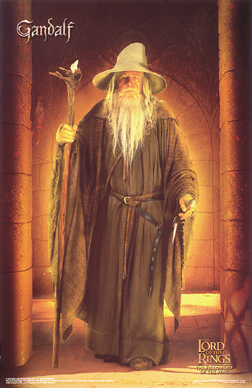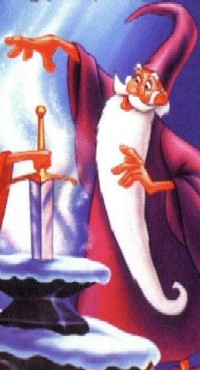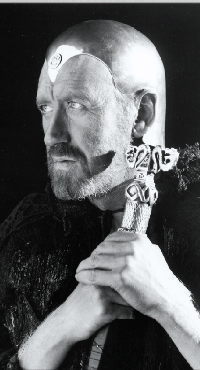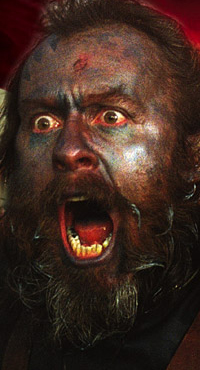

1.3 Fantasy Genres in Films
Science-fiction scholar professor Rabkin also concluded that there was a link between science fiction and films from the very beginning, as early German expressionist films became the main source for later American science fiction films in the 1930s. In addition, by the 1950s, science fiction B-movies (including the first space invaders, afterlife monsters, dinosaurs, or natural disasters so common in the genre nowadays) had become a channel for political warning. Thus, science fiction and all of its derivations acquired the fame of sub-genre for minorities.
The moral dimension of early science fiction films pointed out by Rabkin seems to be the reason why the interpretation of The Lord of the Rings made by Peter Jackson raised again the old controversy about direct allegories in the story. Of course Jackson took notes from the works of Tolkien and 'translated' them to the audiovisual code, but the problem came when he 'spiced' some of the characters and dialogues with what seemed to be a cultural license, probably to make them more familiar to the audience. The theory of the book being an allegory to Nazism and World War gained strength again helped by audiovisual coups d'effect appealing to our historical knowledge.
The film also raised questions about the origin and nature of characters. Gandalf is often exploited more as a wizard than as a counsellor, and when acting as the latter, he resembles more the leader of an army than a wise creature sent by the gods to give advice. It must be considered as a natural result of the contemporary filmic register, though. In case somebody had never heard about wizards nor read about mythology, it is easier to lower the features of somebody or something to the examples of common knowledge. White-bearded, pointy-hatted, and carrying a staff to cast spells and throw lightning. Tolkien gave Gandalf the traditional looks of a wizard (and set them in fashion again for later fantasy literature), but very different features, for wizards are commonly human beings with extraordinary powers and most of the times evil trends, and Gandalf was just the opposite: a supernatural being whose powers were limited by both his human embodiment and strict orders from his masters.


Actor Sir Ian McKellan as Gandalf the Grey (left) and its re-incarnation, Gandalf the White (right)
Jackson maintained the traditional druidic look for Gandalf the White, and the Merlin-like look of a wizard for Gandalf the Grey, a style previously portrayed in films such as Walt Disney's Merlin, where we meet a grandfather/teacher more than a wizard because Arthur is yet a kid, John Boorman's Excalibur (1981) where Merlin is more accurately portrayed as a royal counsellor to both Uther Pendragon and his son Arthur, or Antoine Fuqua's King Arthur (2004), a film that came after Jackson's trilogy but portrayed one of the less known faces of the original Myrddin, a wild man from the woods.



Left to right, Walt Disney's Merlin, John Boorman's Merlin (actor Nicol Williamson) from the film Excalibur, and another Merlin (actor Stephen Dillane), from Antoine Fuqua's King Arthur
Same happens with Saruman in his filmic version, who looks like a cross between the head of a factory and a modern politician, addressing his subordinates from a high balcony, when in fact he is an evil wizard, almost a scientist, whose knowledge makes him feel greater than Men and rule them. Aragorn, also, is depicted in a stronger Arthurian mood than the one Tolkien gave him, mostly due to the iconic use of his sword, but his humanity remains the same: he is yet doubtful, uncertain about his fate, but self-determined when required. Hobbits look much too young if we compare them to what they should look like according to their age. The problem is that Tolkien once referred to them as children, but not because of their look nor their size, but because of their attitude and personality: adventurer, curious, daring, joyful, friendly, tender creatures. Young and fair faces may look more dramatic and believable, for the Hobbits, mostly Frodo and Sam, live a tragedy all along the story.
© 1996-2006, Universitat de València Press
© Ignacio Pascual Mondéjar, 2006
© a.r.e.a. & Dr.Vicente Forés